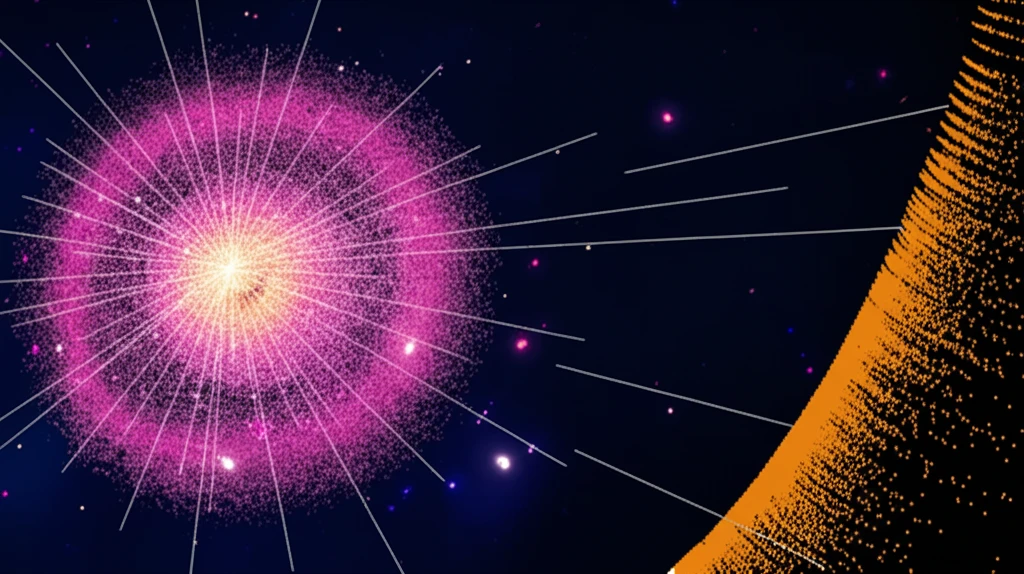
Decoding Galaxy Secrets: What the K-Band and Submillimeter Wavelengths Tell Us
"Astronomers are using new techniques to understand the relationships between different types of light emitted by galaxies, revealing insights into their composition and evolution."
For years, the luminosity function (LF) has been a vital tool in astronomy. It helps us understand how luminous matter is distributed throughout the universe. Think of it as a way to count and categorize galaxies based on how much light they emit. This allows scientists to study everything from the earliest galaxies to the large-scale structure of the cosmos.
Traditionally, creating a luminosity function involves selecting a sample of galaxies at a specific wavelength (think of a color of light) and then counting the number of galaxies at different brightness levels. However, this approach can be tricky. Selection effects can skew the results, leading to an incomplete or biased picture. For example, if you select galaxies that are bright in one color, you might miss fainter galaxies that are bright in another.
To overcome these challenges, astronomers have developed the bivariate luminosity function (BLF). The BLF allows scientists to explore how luminosity at one wavelength relates to luminosity at another. Imagine comparing the brightness of a galaxy in visible light to its brightness in infrared light. The BLF helps uncover the hidden connections between these different types of light, revealing insights into the underlying physical properties of galaxies.
Unlocking Galactic Secrets: Introducing the Bivariate K-Band-Submillimeter Luminosity Function

A recent study delved into the relationship between the light emitted in the K-band (a specific infrared wavelength) and the submillimeter range of the electromagnetic spectrum. The researchers focused on a sample of galaxies from the Herschel Reference Survey (HRS), a project that observed a specific volume of space with the Herschel Space Observatory. This survey is crucial because it provides valuable data on the submillimeter light emitted by these galaxies.
- The K-band is sensitive to the light from older stars, providing insights into the stellar mass of a galaxy.
- Submillimeter light is emitted by cold dust, revealing information about the amount of dust and gas in a galaxy.
- By comparing these two wavelengths, astronomers can understand how stellar mass and dust content are related.
Connecting the Dots: Stellar Mass, Cold Dust, and Galactic Evolution
This research highlights the power of using the bivariate luminosity function to explore the complex relationships within galaxies. By focusing on late-type galaxies, the study revealed a strong link between stellar mass (traced by K-band luminosity) and cold dust content (traced by submillimeter luminosity). This connection provides valuable insights into how galaxies form and evolve, shedding light on the interplay between stars and the interstellar medium. As technology advances and more data becomes available, expect even more detailed portraits of galaxies to emerge, deepening our understanding of these cosmic structures.
